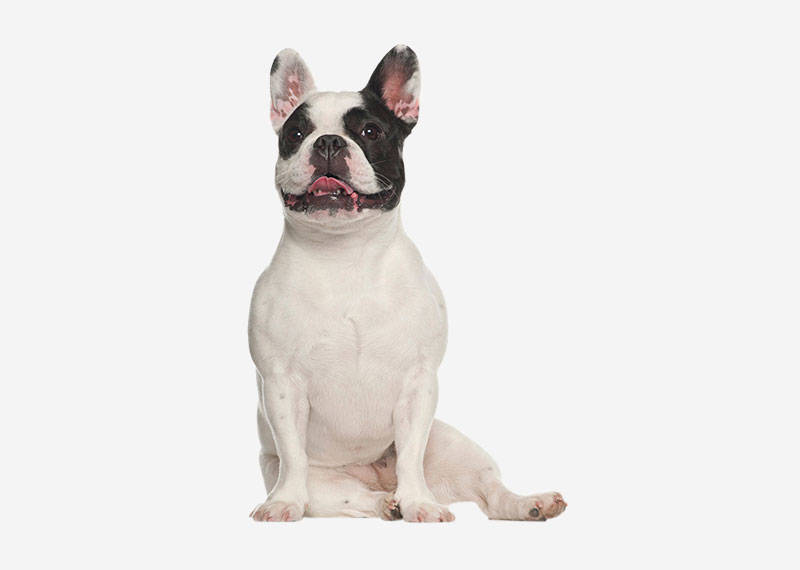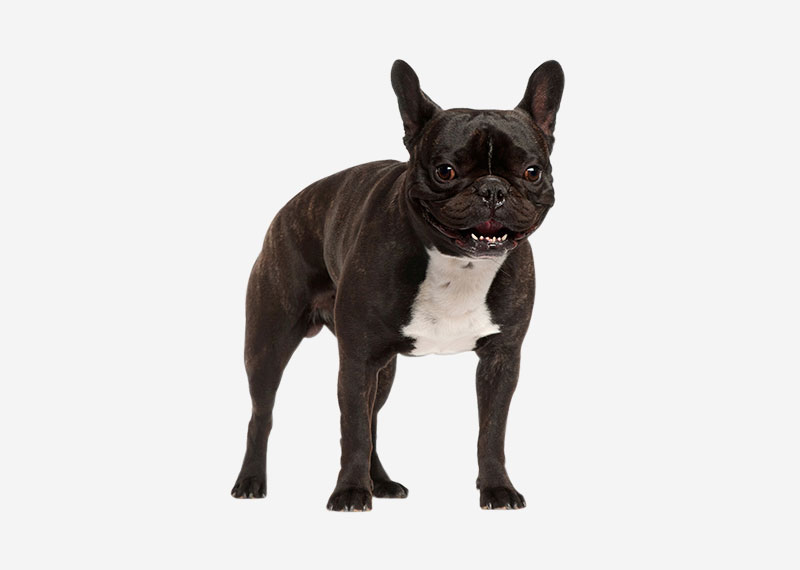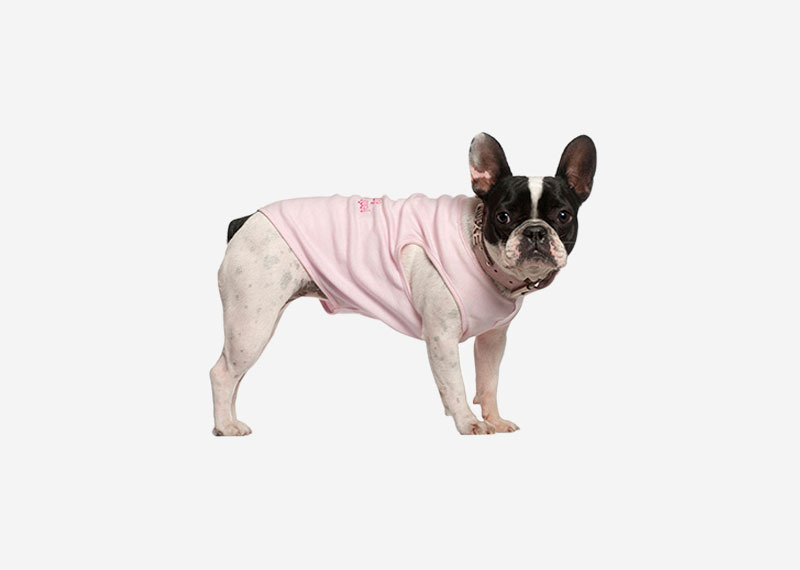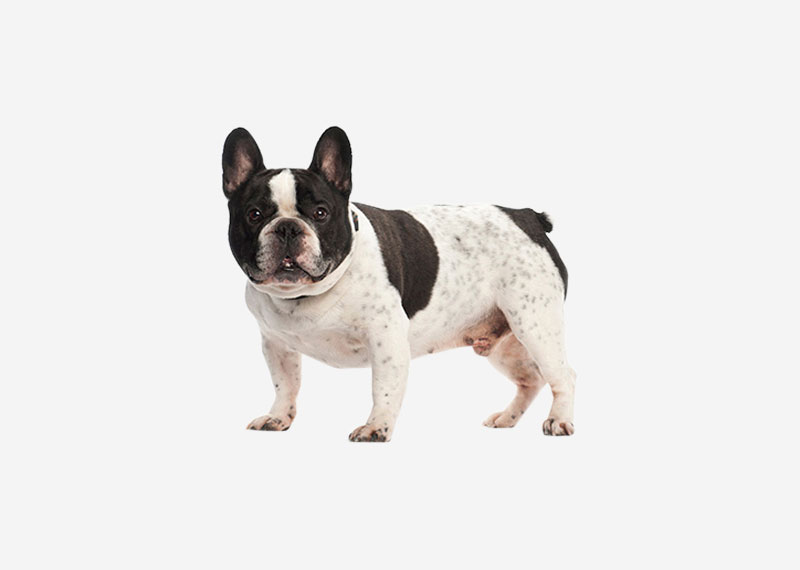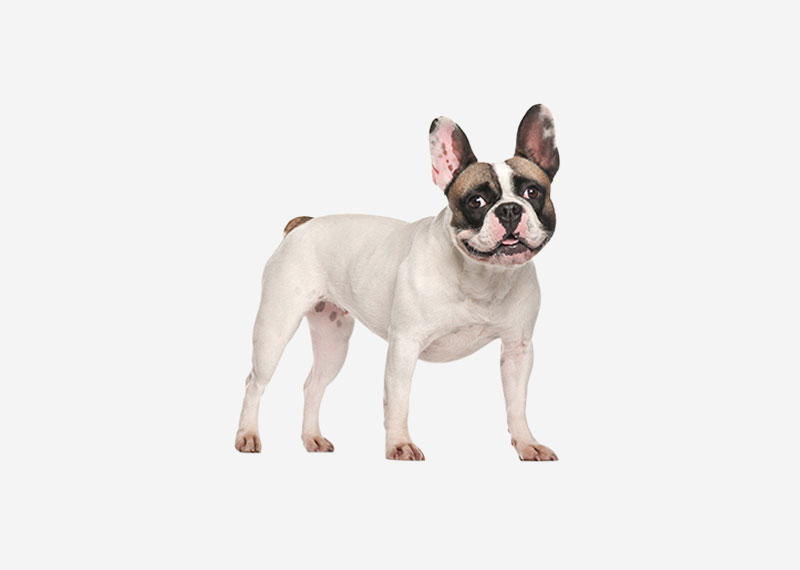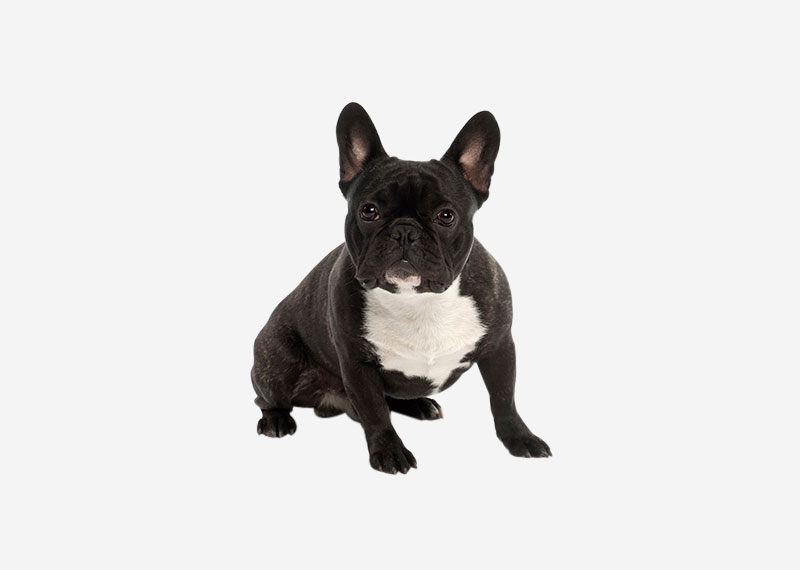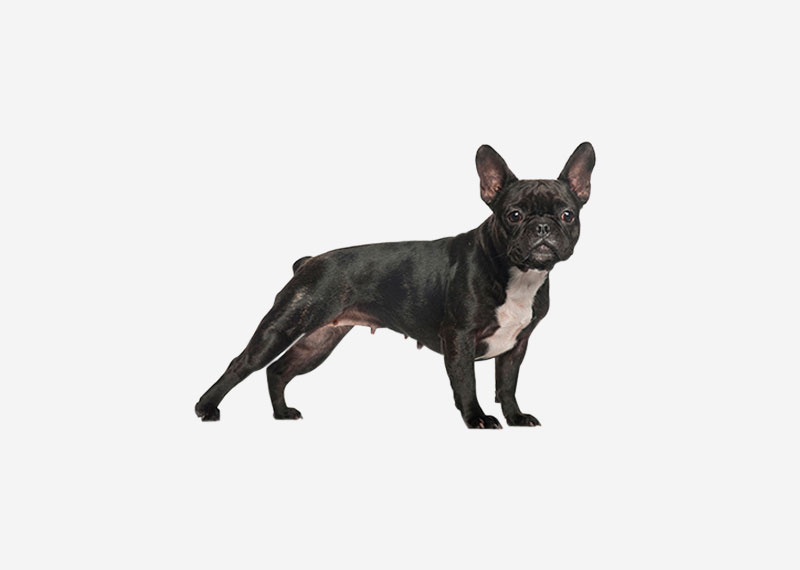Super User
Flat-Coated Retriever
The Flat-Coated Retriever is a gundog breed originating from the United Kingdom. It was developed as a retriever both on land and in the water.
Health
Regular tests and clearances for hereditary joint conditions such as Hip dysplasia (canine) and eye conditions such as progressive retinal atrophy and glaucoma should be conducted by breeders on any dogs used for breeding. Occasionally Epilepsy in animals is also seen in the breed. Flat-coats have a higher risk of cancer than most dogs. Hemangiosarcoma, fibrosarcoma, osteosarcoma and malignant histiocytosis are particularly devastating, and occur at higher rates in Flat-coated Retrievers than in many other breeds. According to studies sponsored by the Flat Coated Retriever Society of America (FCRSA), the average lifespan of the Flat-coated Retriever is only about 8 years, with a high percentage of deaths due to cancer. More recent surveys in Denmark and UK shows a median lifespan of around 10 years. The FCRSA sponsors many university cancer studies and breeders have benefited from increased information on cancer in Flat-coats to reduce the incidence of cancer in future generations.Flat-coats have a very low rate of hip dysplasia and luxating patellas compared to other medium-sized breeds; the Orthopedic Foundation for Animals (OFA) statistics consistently show a rate of hip dysplasia in the breed of less than 3%. In 1997 FCRSA health survey, 4.2% of males and 3.2% of females had been diagnosed with luxating patellas.
Formosan Mountain Dog
The Formosan Mountain Dog (or Formosan) is a breed or landrace of small or medium dog indigenous to Taiwan. These dogs are also known as Taiwanese Dog/Canis, Taiwanese Native Dog or Takasago Dog. They are well-adapted to the uneven and thickly forested terrain of Taiwan, having become a semi-wild breed prior to the arrival of several colonial reigns and foreign powers. Notwithstanding these adaptations, Formosans retained the potential to be trained, and are now used as hunting dogs, guard dogs, stunt dogs, rescue dogs or simply as companions. Formosans are classified into one medium type and two small types.
However, now the pureblood Formosan Mountain dog is still close to extinction due to limited conservation efforts of the Taiwanese and their government. Native Dog is the common name in Taiwan nowadays to indicate that the dog is an offspring of Formosan with foreign dogs, it is commonly confused with Taiwan Native Dog.
Fox Terrier (Smooth)
The Smooth Fox Terrier is a breed of dog, one of many terrier breeds. It was the first breed in the fox terrier family to be given official recognition by The Kennel Club (circa 1875; breed standard 1876). It is well known, and although not a widely popular breed today outside of hunting and show circles, it is extremely significant due to the large number of terriers believed descended from it.
French Bulldog
The French Bulldog is a small breed of domestic dog. "Frenchies" were bred in the 1800s by Lace first in England then in France when displaced by the Industrial Revolution. Frenchies are playful and affectionate. They are loyal, loving, and wonderful companion dogs. French Bulldogs can be a challenge to train due to their willful and stubborn nature. They require patience, repetition and early socialization.
History
The origin of the modern French Bulldog breed descends directly from the dogs of the Molossians, an ancient Greek tribe. The dogs were spread throughout the ancient world by Phoenician traders. British Molossian dogs were developed into the English Mastiff. A sub-family of the Mastiff were the Bullenbeisser, a type of dog used for bull-baiting.Blood sports such as bull-baiting were outlawed in England in 1835, leaving these "Bulldogs" unemployed. They brought a variety of dogs with them, including miniature Bulldogs. The dogs became popular in France and a trade in imported small Bulldogs was created, with breeders in England sending over Bulldogs that they considered to be too small or with faults such as ears that stood up. By 1860, there were few miniature Bulldogs left in England, such was their popularity in France and due to the exploits of specialist dog exporters.The small Bulldog type gradually became thought of as a breed, and received a name, the Bouledogue Francais.This new Bulldog breed arrived for the first time in England in 1893, with English Bulldog breeds in uproar as the French imports did not meet the new breed standards in place by this time and wanted to prevent the English stock from cross-breeding with the French. The Kennel Club initially recognised them as a subset of the existing English Bulldog breed rather than an entirely new breed. in 1905, the Kennel Club changed its policy on the breed and recognised them separate from the English variety, initially as the Bouledogue Francais, then later in 1912 the name changed to French Bulldog.
Health
As a result of the compacted airway of the French bulldog, they may develop an inability to effectively regulate temperature. While a regular canine may suffer to some degree from the heat, to a Frenchie it may be lethal. It is imperative that they be protected from temperature extremes at all times, and that they always have access to fresh water and shade. As they are a brachycephalic breed (see Brachycephalic syndrome), French Bulldogs are banned by several commercial airlines due to the numbers that have died while in the air. This is because dogs with snub noses find it difficult to breathe when they are hot and stressed out; the cargo space in an aircraft can rise as high as 5.4kg when waiting on the runway.French bulldogs can also suffer from an assortment of back and spinal diseases, most of which are probably related to the fact that they were selectively chosen from the dwarfing examples of the bulldog breed. This condition is also referred to as chondrodysplasia. Some breeders feel that only dogs that have been x-rayed and checked for spinal anomalies should be bred.Patellar luxation is the dislocation (slipping) of the patella (kneecap). In dogs, the patella is a small bone that shields the front of the stifle joint. This bone is held in place by ligaments. As the knee joint is moved, the patella slides in a groove in the femur. The kneecap may dislocate toward the inside (medial) or outside (lateral) of the leg. This condition may be the result of injury or congenital deformities (present at birth). Patellar luxation can affect either or both legs. Testing is available to predict the presence of patellar luxation in a dog.
Eyes
French bulldogs have a tendency towards eye issues. Cherry eye or an everted third eyelid, has been known to occur, although it is more common in English Bulldogs and Pugs. Glaucoma, retinal fold dysplasia, corneal ulcers and juvenile cataracts are also conditions which have been known to afflict French bulldogs. Screening of prospective breeding candidates through the Canine Eye Registration Foundation (CERF) can help eliminate instances of these diseases in offpsring. The skin folds under the eyes of the French bulldog should be cleaned regularly and kept dry. Tear stains are common on lighter-colored dogs.
Birth and reproduction
French bulldogs frequently require artificial insemination or to give birth, with over 80% of litters delivered this way.As well, many French bulldog stud dogs are incapable of naturally breeding. This is because French Bulldogs have very slim hips, making the male unable to mount the female to reproduce naturally. Typically, breeders must undertake artificial insemination of female dogs. Female French bulldogs can also suffer from erratic or 'silent' heats, which may be a side effect of thyroid disease or impaired thyroid function.
French Spaniel
The French Spaniel (Epagneul Français) is a breed of dog of the Spaniel-like setter. It was developed in France and Canada as a hunting dog, descended from dogs of the 14th century. Popular with royalty during the Middle Ages, it nearly became extinct by the turn of the 20th century but was saved by the efforts of Father Fournier, a French priest. One of the largest breeds of Spaniel, it typically has a white coat with brown markings. It is a friendly breed that has few health issues, but can be affected by a syndrome called acral mutilation and analgesia. The breed is recognised by Canadian and international kennel clubs but not by The Kennel Club (UK). The American Kennel Club has included the breed in its Foundation Stock Service, the first step to full recognition.
Health
The breed is robustly healthy with few issues and adapts well to wet weather conditions. A dermatological condition known as acral mutilation and analgesia may affect French Spaniels. It is a newly recognised disorder, with symptoms becoming apparent between three and a half months and a year of age. It was first reported in thirteen dogs in Canada and shares symptoms with the acral mutilation syndromes of the German Shorthaired Pointer, Pointer and English Springer Spaniels. Dogs who are affected will lick, bite and mutilate their extremities resulting in Ulcer (dermatology)s with secondary bacterial infections. Self amputation of claws, digits and Dog anatomys can happen in extreme cases. The majority of the initial dogs identified were Animal euthanasia within days to months of being diagnosed.
Galgo Español
The Galgo Español (Spanish galgo) or Spanish greyhound is an ancient breed of dog, specifically a member of the sighthound family.
The Greyhound is possibly a descendant of the Spanish greyhound and, for several years in the 20th century, some breeders did cross-breed Galgos and Greyhounds in order to produce faster and more powerful Galgos, specifically for track racing purposes.
History
The Galgo is not only "the Spanish greyhound" but also "the Spanish dog".
Its name is probably derived from the Latin "Canis Gallicus" or "Dog from Gaul". The Spanish word for all kinds of Greyhounds - including the Galgo - is "lebrel", which means "harrier" or "dog for chasing hares", since "liebre" is Spanish for hare. We can see the same derivative in the Italian "levriero" and the French "lévrier".
The first written references to an ancient Celtic sighthound, the "vertragus", in the Cynegeticon#Cynegeticon of Flavius Arrianus (Arrian), Roman proconsul of Baetica in the second century, may refer to the Galgo or more likely to its antecedant.The author Arrian, during his personal experience in Spain, describes hare hunting with Galgos in a manner almost identical to that used nowadays in Spain, adding that it was a general Celtic tradition not related to a social class.
He indicates that there were not only smooth haired types of the vertragus but also coated ones.There is little evidence on the Galgo or its antecedant in the first centuries of the Middle Age but it appeared to survive and flourish in the second half of this period.In the 9th and 10th centuries great spaces in Castile (historical region) were colonized, coinciding with the Reconquista, resulting in the Christian military repossession of the Iberian Peninsula from the Muslims. This open land introduces a new character to hunting with dogs: while the North of Spain is mountainous, the regions progressively recovered from the Muslims were flat, open areas full of small animals like hares, which provided the Galgo a useful opportunity to hunt. At this time, it is considered a noble dog, and kept mainly by aristocracy, both in the Christian and the Muslim Kingdoms in which the Spanish territory was still divided at the time. It is likely that the Galgo and Sloughi were interbred at this period.The great esteem in which the Galgo was held is visible in the many laws of the time designed to punish the killing or theft of this dog: Fuero of Salamanca (9th century); Fuero of Cuenca; Fuero of Zorita de los Canes; Fuero of Molina de Aragón (12th century); Fuero of Usagre (12th century).
In the Cartuario of Slonza we can read a will written in Villacantol, in which, using an odd mixture of Latin and Spanish, the Mayor Gutiérrez bequeaths a Galgo to Diego Citid in the year 1081:
:::"Urso galgo colore nigro ualente caetum sólidos dae argento";
:::"a black Galgo with patches of silver";The fact that this dog was a significant item in a noble's will, demonstrates the great value that it was given at the time.The mural paintings at the San Baudelio de Berlanga, in provincia de Soria, dating from the 12th century show a hunting scene with three Galgos apparently identical to the ones that we can see today.
In the Renaissance Martínez del Espinar writes in his book "Arte de Ballestería y Montería" ("The Art of Hunting and Archery"):
:::"Muchas maneras hay de matar estos animales". (las liebres) "Muchas, diré las que en España usan: correnlas con galgos, que aquí los hay ligerísimos, y así mismo lo son algunas liebres, que se les escapan sin poderlas alcanzar; y no porque corren hoy dejan de volver a sus querencias; antes estas liebres corredoras las continúan, porque tienen conocido el camino de su uida, y por la mayor parte se encaman cerca de alguna senda o camino orilla de algún soto, monte o ladera, o tierra pedregosa, y así huyen de ellas y de ir cuesta abajo que las alcanzan luego en las laderas y tierra tiesa, parece que vuelan".:::"there is a large variety of ways to kill these animals". (the hares) "Nevertheless, I will tell of those that are used in Spain: they hunt them with Galgos, since here there are some extremely swift ones, although some hares are as swift as them, and sometimes do get away from them. But even having run and got scared today, these hares will come back to their homes tomorrow. They know the way back. They spend the night in some quiet place: a road, a hill, a stony field. In fact they are sometimes surprised in such places by the dogs; then they run away down to the plain, and the dogs try to chase them over the flat ground. They seem to fly".The Galgo appears to have developed first in the Castillian plains, both in the north (Valladolid, Zamora, Ávila Salamanca, Segovia, Soria, Burgos and Palencia) and the south (Toledo, Cuenca, Guadalajara, Madrid and Ciudad Real) of Castile (historical region). And, afterwards, in more southern territories: La Mancha and Andalusia.
It became the typical dog type of the Spanish interior, while the bloodhound plays the same role in the coast regions.The Galgo appears not only in hunting books but also in common Spanish expressions, as well as in Literature. Maybe the most famous reference is the one contained in the opening sentence of "Don Quixote de La Mancha":
:::"En un lugar de la Mancha, de cuyo nombre no quiero acordarme, no ha mucho tiempo que vivía un hidalgo de los de lanza en astillero, adarga antigua, rocín flaco y galgo corredor. ":::"In a village of La Mancha, the name of which I have no desire to call to mind, there lived not long since one of those gentlemen that keep a lance in the lance-rack, an old buckler, a lean hack, and a galgo for coursing."There are plenty of common expressions in Spain that name the Galgo. For example
"A galgo viejo, echadle liebre, no conejo" which means " use old Galgos for chasing hares instead of rabbits" suggests that it is best to use experienced people for hard tasks and challenges.
"Galgo que va tras dos liebres, sin ninguna vuelve" meaning "if a Galgo tries to chase two hares, it will return with none" recommends focussing on a single effort, otherwise by distraction, failing.Although the breed did not apparently experience any significant change in the 18th and 19th centuries, and was kept in its vocation as a swift hunting dog, maybe the most telling proverb which mentions the Galgo, is the one dating from the first years of the nineteenth Century:
:::"A los galgos del Rey no se les escapa la liebre";
Meaning
:::"The hare never escapes from the King's Galgos";Which was used at first to satirize the corrupt Government of Fernando VII, considered to cheat in everything it did.In the first years of the 20th century, large scale crossbreeding occurred between the Galgo and the English Greyhound in order to create faster dogs for professional track racing. This certainly affected the purity of the breed, the resulting dogs were just a bit faster, but did lose their long-distance-running abilities. Finally breeders came to the conclusion that it was not worth crossbreeding.
The pure bred Galgo kept its major presence in the Spanish villages as an excellent hunting type.Despite its antiquity and importance, the Spanish Galgo has only recently been acknowledged by the cynological associations. The English Greyhound has tended to outshine the Galgo. Spain has suffered catastrophic events during the last century, such as the Spanish Civil War and the 40 year long Francisco Franco fascist dictatorship, which allowed this breed to be kept relatively unknown both inside and outside of its native country, at least until democracy led to greater social and cultural equality and development.The breed faces the 21st century being progressively more appreciated at home and abroad, as contemporary Spain becomes more conscious of the uniqueness and heritage of this splendid animal.
Gascon Saintongeois
The Gascon Saintongeois (FCI No.21) is a breed of dog of the scenthound dog type, recognised in two sizes, Grand (large) and Petite (smaller than the Grand, but not a small dog.) Originating in France, the breed is used for hunting in packs and descends from the old Hound of Saintonge type of large hunting dog.
Georgian Shepherd
The Georgian Shepherd (Georgian: ქართული ნაგაზი qartuli nagazi) is an Aboriginal dog from the Georgian mountains in the Caucasus. It is an ancient working breed from Georgia. The Georgian shepherd is related to the Caucasian Shepherd Dog and the Russian "Caucasian Ovcharka". There are two kinds of Georgian mountain dog: short haired kazbegian dog called "Nagazi"; long haired Georgian mountain dog. The shorter coated Georgian Mountain Dog is an ancient working breed from Georgia.
History
Georgians were calling this dog "Nagazi". It has been used as a sheep guard dog for centuries. The breed is extremely popular in Georgia.
The Cynological Federation of Georgia has had a strict battle with the Russian federation of Cynologs about Caucasian Shepherd dog. In 2012, the International Cynological Federation will decide which national breed is the Caucasian Shepherd Dog as a result of this heated discussion.
After removing most of the Georgian Nagazi from Georgia, Georgian enthusiasts with support from the Ministry of Environment began expeditions to the regions of Georgia to describe and take photos of the remaining Georgian shepherds. Georgia started advertising the breed using television broadcasting and printing articles about Georgian shepherds in order to popularize the breed.
After the soviet collapse, Georgia began once more to popularize this dog. Today the Georgian main goal is to breed Georgia's ancient white shepherds (also other Georgian shepherds) which are rare. Unfortunately, Georgian shepherds are still used in dog fighting.
German Longhaired Pointer
The German longhaired pointer (GLP) is a breed of dog. It was developed in Germany, and is used as a gundog. It is closely related to its cousin, the German Shorthaired Pointer or the GSP.
History
The GLP was developed in Germany for use as a Pointer. It was originally a rather slow dog, and was crossed with setters and Pointer (dog breed) in the 19th century to improve speed. It was very stubborn and temperamental, and has since been bred for a steady, friendly temperament. It was first Conformation show in 1878 in Frankfurt, and at this time the first breed standard was written. Breeders then began to focus their efforts on producing dogs that performed equally well in the field and the show ring, an endeavour that is continued by breeders today. The Large Munsterlander was developed from the GLP after it was decided that GLPs must only be brown-and-white, the black-and-white strain became the ancestors of the Large Munsterlander.
Health
GLPs, because they are quite rare in most parts of the world, and thus are unprofitable to irresponsible breeders such as puppy mills and backyard breeders, do not have any genetic disorders that are prevalent in the breed. Their ears are mildly prone to infection, a problem which is easily avoided by cleaning the dog's ears on a regular basis, as well as after swimming.
German Pinscher
The German Pinscher (original name Deutscher Pinscher, FCI No. 184) is a medium-sized, breed of dog, a Pinscher dog type that originated in Germany. The breed is included in the origins of the Doberman Pinscher, the, the Affenpinscher, the Standard Schnauzer (and, by extension, the Miniature Schnauzer and Giant Schnauzer). The breed is rising in numbers in the U.S., mainly due to their full acceptance to AKC in 2003. In Australia, the breed is established with a rise in popularity becoming evident.





















